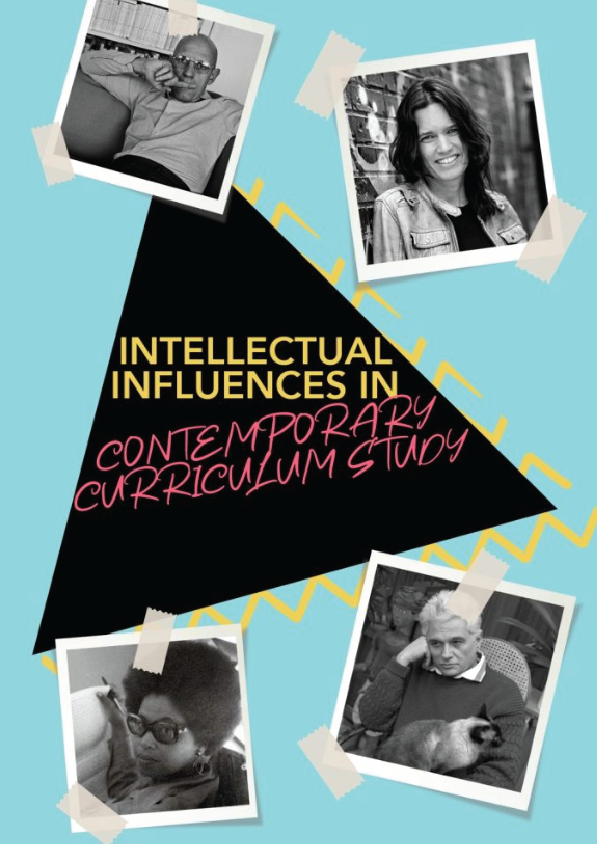Karen Barad is a feminist, philosopher, and theoretical physicist. They believe there is a need for a greater focus on ontology in science. Barad’s background in theoretical physics and the conceptualization of what is real led them to develop a new theory: agential realism (Barad, 2007).
Agential realism is a posthumanist performative approach to studying science that focuses on the practices and processes of science rather than the products (Barad, 2007). It recognizes agency as a quality that the subject and object possess (Barad, 2007). Within this theory, the boundaries between subject and object, observer and observed, are not defined prior to their intra-actions. Barad (2007) uses the term intra-action rather than interaction to describe the relationship between the participants (both human and non-human) as it does not presume separate entities prior to the action. Rather the observer and observed are co-constituted via intra- actions. Both material phenomena and discursive practices, including how we create meaning, are involved in these intra-actions.
According to Barad, physical boundaries are not definite: they are being defined and re-defined. Given their background in theoretical physics, this concept makes sense. At a subatomic level, particles are entangled, electrons move instantaneously, things are in flux. The boundaries between observer and observed, apparatus and phenomena produced, emerge and are defined as a result of intra-actions within larger phenomena (Barad 2007). They view matter not as a physical thing one can pick up, but rather as a materialization of a substance (Barad 2017). Agency and intra-actions are what define these materializations.
Historically, scientists have been portrayed as outside observers who are removed from the phenomena they are studying. Thus, science can be seen as a purely objective matter which is revealed by the scientist. This is a very anthropocentric view. We know that in reality, this is not the case. Nature and culture cannot and should not be separated. Who is doing the science, what questions they’re asking, what questions are not being asked, and how funding is allocated all play an important role in science studies. As an example of this phenomenon, Barad highlights an experiment done by Otto Stern and Walther Gerlach in which the presence of sulfur on Stern’s breath from his cigar resulted in a chemical reaction allowing the results of their experiment to be seen (Barad, 2007). Without the intra-action between the breath and the apparatus, the experiment could have been viewed as unsuccessful. This is just one example of why we cannot ignore the human aspect of science. Barad believes that objectivity in science comes from the agential separability within phenomena (Barad 2007). Observer and observed are delineated through agential cuts in the intra-actions (Barad 2007).
Barad’s theoretical work studying science transcends into the educational world. Using Barad’s ideas of intra-action, Eaton and Hendry (2019) described a new way to envision curriculum. They describe a rhizomatic model as opposed to the current arborescent model used widely in Western society. A rhizomatic assemblage sees curriculum as a phenomena or process in action through the intra-actions of people, rather than a product that a person receives in the end (Eaton & Hendry, 2019).











